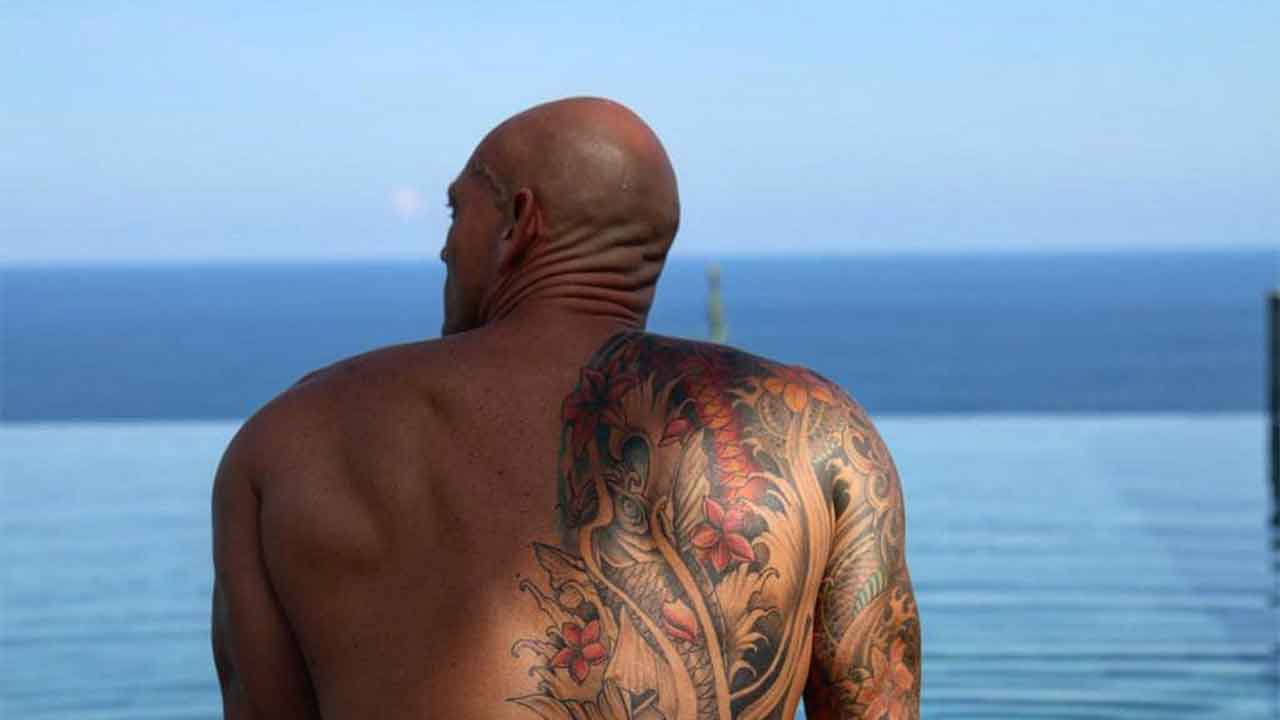Michael Klim shares hopes for his incurable disease

Australian swimming legend Michael Klim has shared an update on how his neurological disorder has changed his day-to-day life and his hopes for raising awareness and finding a cure.
In a recent interview with Sunrise, the Olympic gold medallist said it has “definitely been a very up and down three years” since he was diagnosed with chronic inflammatory demyelinating polyradiculoneuropathy (CIDP), which has caused him to lose “pretty much all muscle and sensation” in his legs.
“There was a grieving process for the first couple of years, trying to come to terms with a completely different lifestyle and a different mindset, really,” he told the program.
“I’ve stabilised but my mobility is still very much compromised, most of the time I use a walking stick around the pool deck.”
“I plan simple things, when I’m going to the shops I have to plan how far I have to walk ... to get my groceries.”
Having established himself in Bali with his partner Michelle, where they run one of the swim schools in his franchise Klim Swim, the 44-year-old still returns to Sydney for specialist treatment - though he doesn’t visit Australia as much as he used to.
“I don’t get back to Australia as much as I used to, mainly just for treatment, but I’ve had an enormous amount of support from the Australian public and my swimming community just to get through this, so I’ll keep fighting and hopefully we can find a cure one day,” he said.
Klim revealed that doctors still don’t know the cause of his CIDP, but said it’s easy to question whether the physical demands of his athletic career may have contributed.
“They (doctors) don’t know the cause of CIDP. It can be genetic but in my case it’s not,” he said.
“We used to pride ourselves on our physicality (as Olympians), our ability to take on anything that was thrown at us, especially during our training.
“I used to love overtraining, that was my way of being ready and making sure mentally I was ready.
“It used to give me toughness and mental strength, and now I think sometimes, ‘did I overdo it? Are the last three or four decades (of training) catching up with me?’”
According to John Hopkins Medicine, CIDP is thought to be the chronic or long-term version of the disease Guillain-Barre syndrome, and occurs when the immune system attacks myelin, the fatty sheath around the nerve that acts as insulation and allows electrical impulses to travel along the nerve to stimulate muscles and transmit information to skin and joints.
While the triggers of CIDP are still unknown, it doesn’t seem to have a link to genetics or occur after an infection, unlike Guillain-Barre syndrome.
The GBS/CIDP Foundation International website says that current theories are that CIDP is thought to start when the immune system perceives myelin as foreign and attacks it, causing damage to the myelin or removing it entirely.
This damage or absence of myelin results in the electrical impulses being slowed down or lost, meaning that messages sent from the brain to move muscles don’t make it to their final destination.
Despite the unknowns about his condition, Klim said he is optimistic that talking about his diagnosis will help to raise awareness and find a cure.
“Hopefully we can put all our heads together, maybe there are certain treatments outside the realm we’re thinking of,” he said.
“Maybe there’s future treatments that we can implement and…. we can knock it off.”
Image: @michaelklim1 (Instagram)
